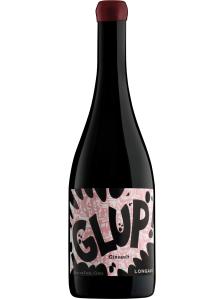Itata Valley is a wine region in the southern end of Chile's long, thin wine country. This historical, cool-climate region is dominated by plantings of Pais, Muscat of Alexandria and Carignan, although producers are beginning to plant more modern grape varieties like Cabernet Sauvignon.
Itata's boundaries cover an area measuring roughly 60 miles (100km) from north to south and only a little less from east to west, although given the small quantity of land under vine, the density of vineyards is low. The area is defined by the convergence of the Itata and Nuble rivers, and vineyards are mostly found clustered around the towns of Chillan, Quillon and Coelemu. The Pacific Ocean, with its cooling Humboldt current lies to the west, and the more well-known Bio Bio Valley wine region is just south of the area. The major port city of Concepcion is just 40 miles (65km) south-west of the bulk of Itata's vineyards.
The first vines are said to have arrived in the Itata Valley the 1550s, potentially making the region one of the first to be planted to vine in Chile. By the 20th Century, the region was associated with the production of bulk wine, which is evidenced by the large amounts of Pais and Muscat of Alexandria vines still planted here. The region became unfashionable in the 1980s as Chilean producers started to put quality before quantity. It is only in the last ten years that interest in the Itata Valley has picked up as producers have begun to look carefully at the terroir of the region and plant accordingly. (© Proprietary Content, Wine-Searcher.)
The high-altitude Coastal Range, which brings moderated weather conditions to many vineyards further north, peters out as it reaches the port city of Concepcion, leaving Itata relatively exposed. This means that weather patterns moving from the Pacific Ocean to the Andes are unhindered, resulting in higher rainfall and cloud cover. But the vineyards in the valley still enjoy a good amount of Chile's intense sunlight – the name of the town of Chillan in the region means 'the place where the sun is' in the local Mapuche language.
This cool climate is complemented by alluvial soils made up of sandy and clay loam, deposited in the valley over time by the Itata and Nuble rivers. These relatively fertile soils are nevertheless well-drained, making them suitable for more high-yielding viticulture.
At latitude 36°S, Itata is a similar distance from the equator as the most southerly vineyards of Spain, or the Central Coast region of California.



